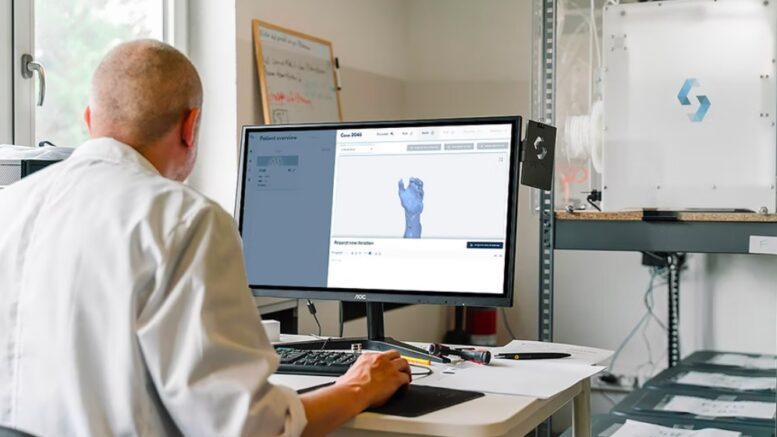The pharmaceutical industry is no stranger to change and technological advancement, it thrives on it, and we have seen its resilience during the pandemic. With global revenue of 1.2 trillion dollars at stake, the industry must embrace new technologies, patient design, and innovations and focus more on prevention and telemedicine.
The industry is facing significant challenges, from ethical issues to financial ones, that threaten its existence. The future of the pharma industry lies in how well the leaders can embrace this change.
What is the future of Pharma industry globally?
The healthcare market is evolving rapidly, and the market is seeing a catalyst in the form of a growing and aging population in key markets. According to the UN’s World Population Prospects, the global population will reach 9.3 billion by 2050, and 21% will be 60 or older. The improving purchasing power and access to quality healthcare and pharmaceuticals for poor and middle-class families globally have been key factors in driving the pharma industry’s growth.
The pharmaceutical industry’s growth is further propelled by its increasing focus on rare and specialty diseases and developing DNA medicines, cell therapies, bioelectronics, and implantables. These changes are now attracting non-pharma corporations like Facebook, Qualcomm, etc., further driving the worldwide pharmaceutical industry’s growth.
The latest pharma marketing trends in 2022
By taking the lead in customer understanding, pharma marketing brands can create a meaningful and beneficial health journey for their patients.
Here are three of the most prominent digital pharma trends for 2022:
1. Patient-centricity
Pharmaceutical companies should be aware that today’s patients demand a more diverse approach to treating their health issues when promoting their medications. Mobile technologies, social media, the cloud, wearables, and the Internet of Things (IoT) are just some of the realities disrupting healthcare today – and are the key to enabling a patient-centric approach.
By understanding how these technological trends affect patient behavior, pharma companies can develop targeted marketing strategies and personalized capabilities that better meet the needs of customers.
2. Personalization in digital health solutions
We can’t deny that the convergence of digital technologies is helping us lead longer, healthier, and more empowered lifestyles. The pandemic has only accelerated the need for healthcare to be delivered anytime, anywhere, and ‘digital first. In recent years, we’ve seen strong results in the region’s innovative technologies, such as telemedicine, digital therapeutics, and remote monitoring.
3. Changing relationships between HCPs and patients
It is one of the biggest trends in healthcare right now. Traditionally, patients have been seen as passive and dependent on their physicians for treatment. Still, this view is shifting rapidly to that of a ‘consumer’ — one who is proactive, independent, and highly discerning of factors like wait times, costs, and quality. This empowered consumer class has fundamentally altered the physician-patient relationship.
What will be in the future with medical sales reps?
The pharma industry is constantly evolving, and with it, the role of the medical sales representative. Thanks to artificial intelligence, research and development and new technologies, more frontiers are opening up in medicine and med-devices, creating new opportunities for medical sales reps to test themselves and branch out into new areas.
The future is bright with the UK pharmaceutical industry investing £610 million in CAPEX projects. Medical sales representatives are under tremendous pressure to perform and fulfill customer expectations. The future of pharma is extremely dynamic and it holds immense potential for digital health, if organizations can tread the choppy waters, they will be in for an immense windfall.
